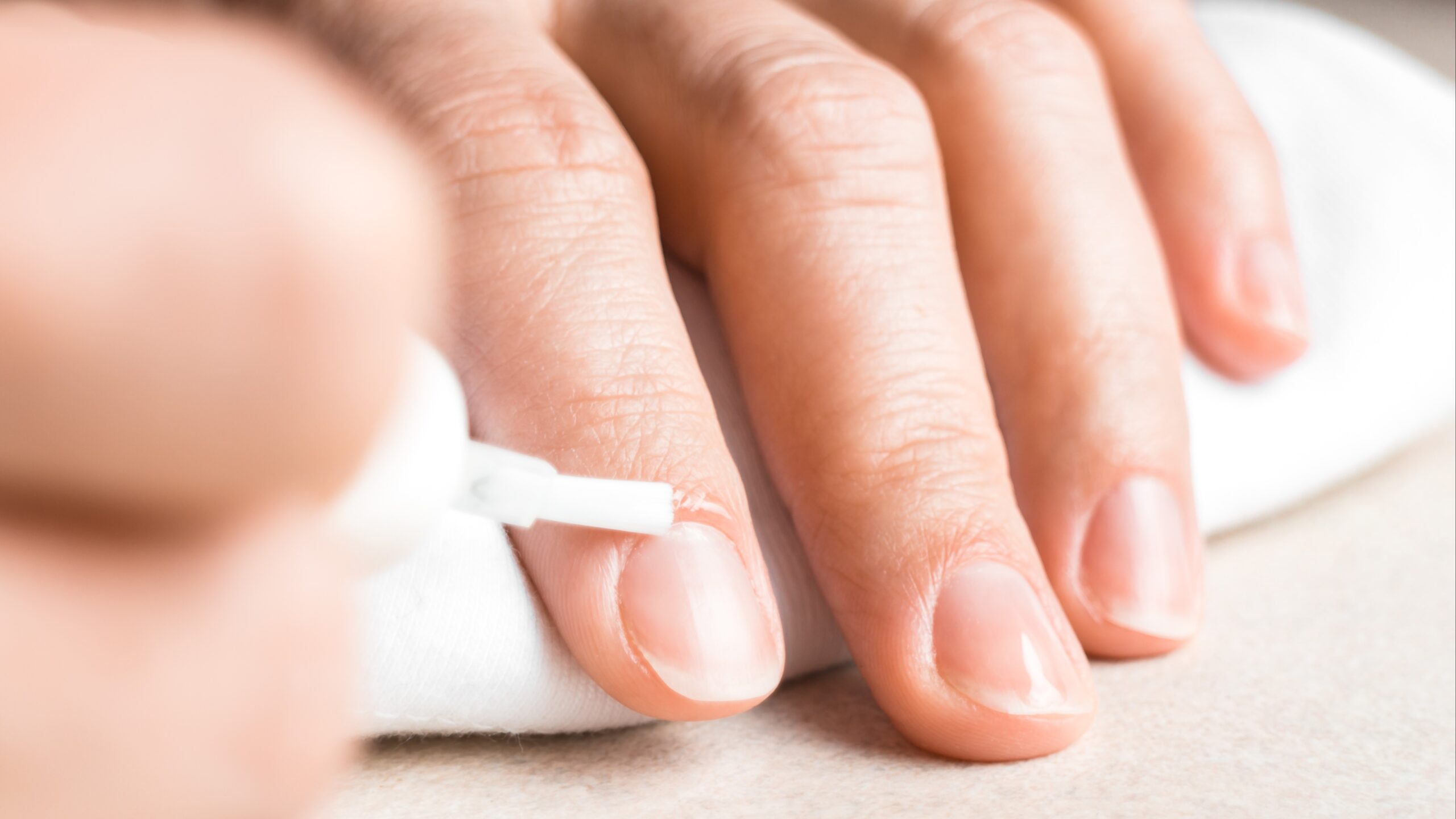
Eww, nail fungus is gross and not really something most people want to think about, discuss, or look at. The thing is that nail fungus, also called onychomycosis, happens and if it happens to you, then you most definitely should do something about it. Fortunately, there are quite a few nail fungus home remedies you can try. Before we get to the home remedies, though, let's talk about nail fungus and some of the symptoms.
More from MamásLatinas: Natural remedies to soothe a sore throat
According to the Mayo Clinic: "Nail fungus is a common condition that begins as a white or yellow spot under the tip of your fingernail or toenail. As the fungal infection goes deeper, nail fungus may cause your nail to discolor, thicken and crumble at the edge. It can affect several nails." It's not usually painful, but it can smell bad. There are prescriptions that you can get from your doctor to treat it, but those medications can have some nasty side effects, so here are a few home remedies you can try before you go that route.
Vicks VapoRub to the rescue!
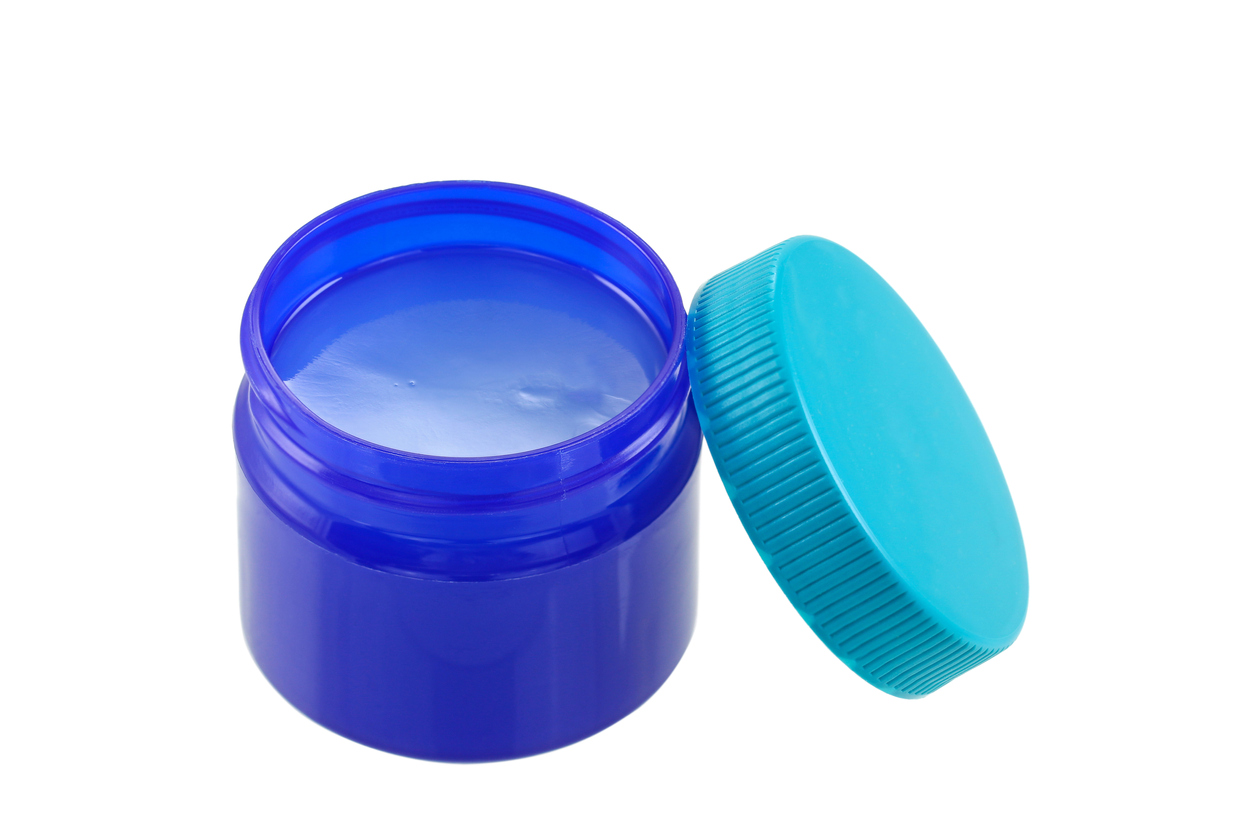
A 2011 study tested “Vicks VapoRub as a safe, cost-effective alternative for treating toenail onychomycosis” and found that it had a “positive clinical effect.” To use it, do what your abuela would suggest and rub a small amount of Vicks on the area you are treating. You want to do this at least once a day.
Bust out the baking soda.
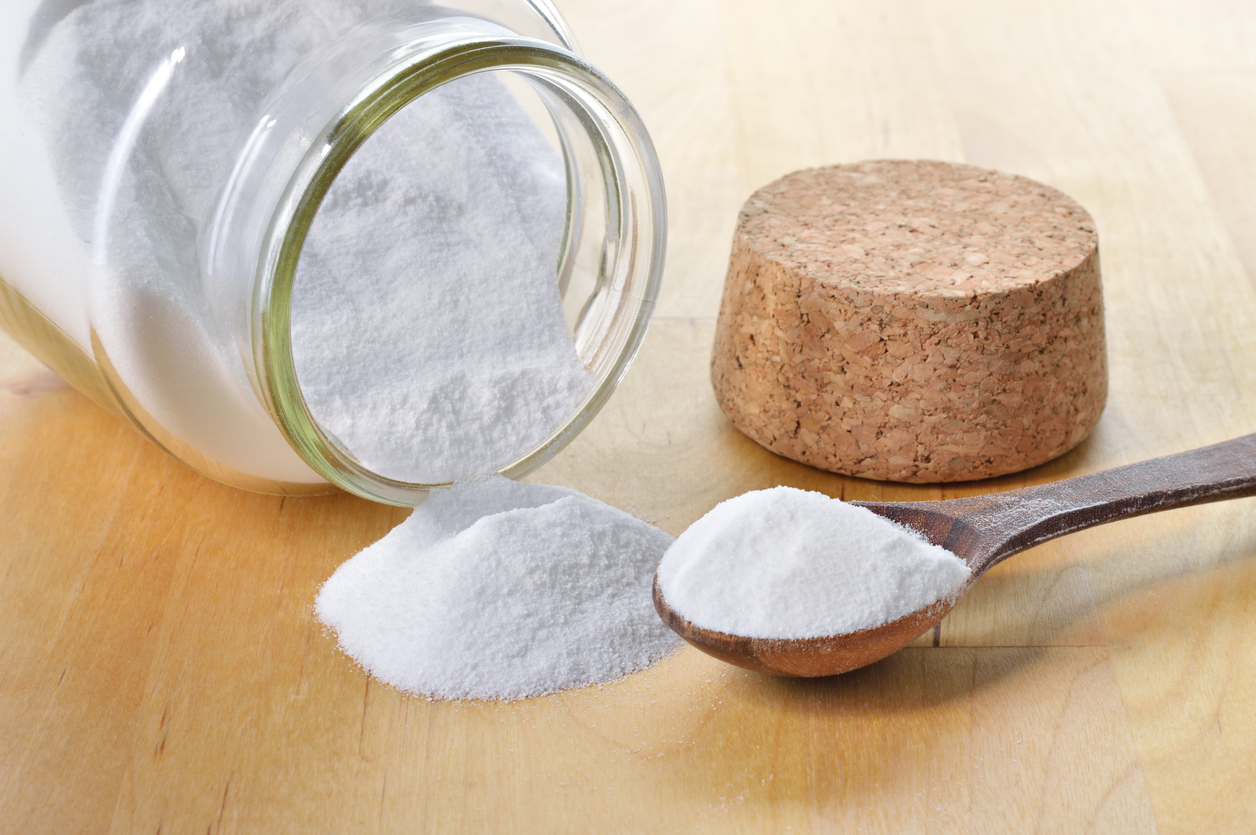
Baking soda is great at soaking up moisture, and fungal infections love moisture. In one study, researchers found that baking soda helped reduce the growth of fungus, but it did not get rid of it. You might consider using baking soda to prevent nail fungus or in conjunction with another treatment. To use, put it inside your shoes or socks. You can also add water to it and make a paste to put directly on your nail for 10 minutes before rinsing it off.
Hydrogen peroxide is effective at killing fungus.

You can pour hydrogen peroxide directly on the affected area twice a day until the fungus clears up. You could also do a foot soak for 10 to 20 minutes in a mixture of a few capfuls hydrogen peroxide to about 4 cups of water, then rinse and dry your feet.
Snakeroot extract can be used.
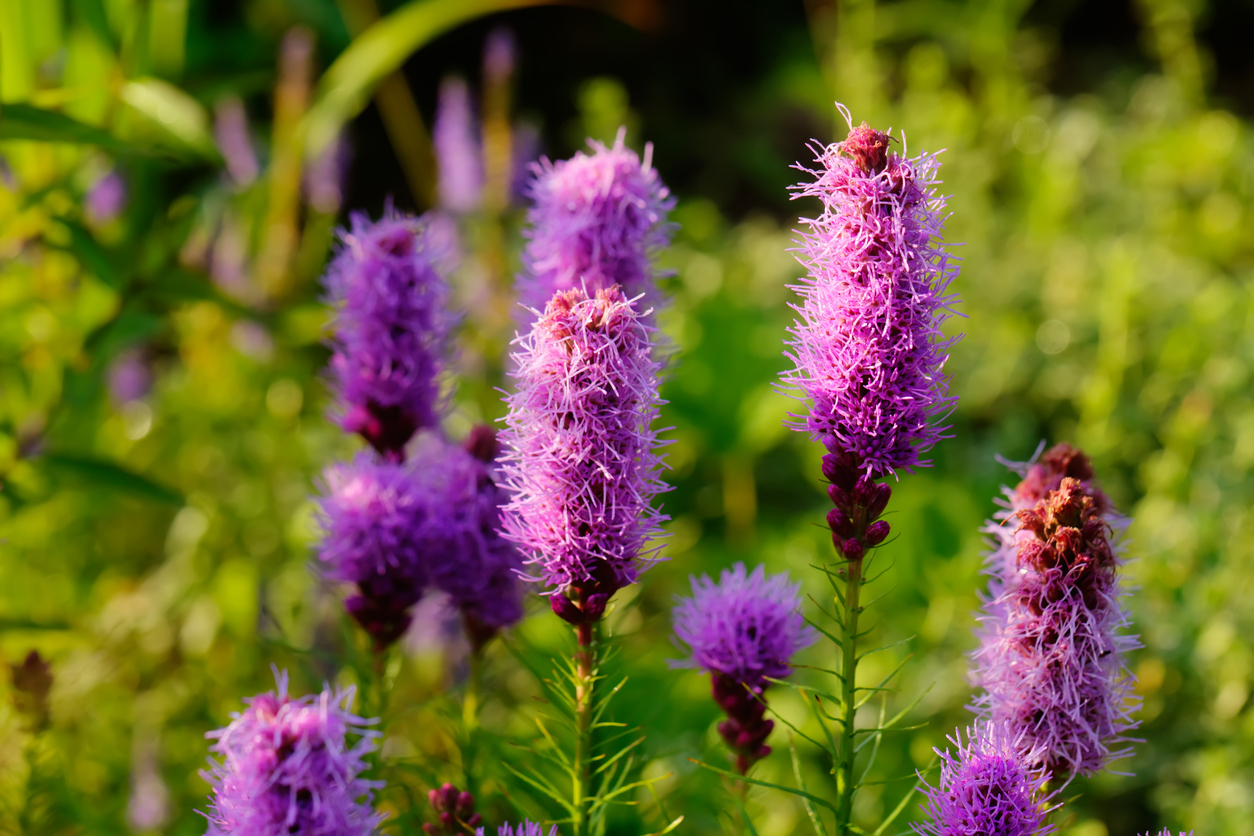
It sounds like some kind of ingredient used to make a witches' brew, but it’s made from plants in the sunflower family. It’s not popular in the US, but it’s used in Mexican traditional medicine to treat fungal infections. A 2008 study found that it was as effective in treating nail fungus as the prescription medication ciclopirox. In the study, the snakeroot extract was applied to affected nails every third day for a month, then twice a week for another month, and once a week for a third month.
Tea tree oil has antifungal and antiseptic qualities.

Tea tree oil is easy to find in stores and online. It’s affordable and studies have shown that it can be effective in treating nail fungus. You simply need to apply it to any affected nails twice a day.
Oregano oil has antifungal and antibacterial properties.
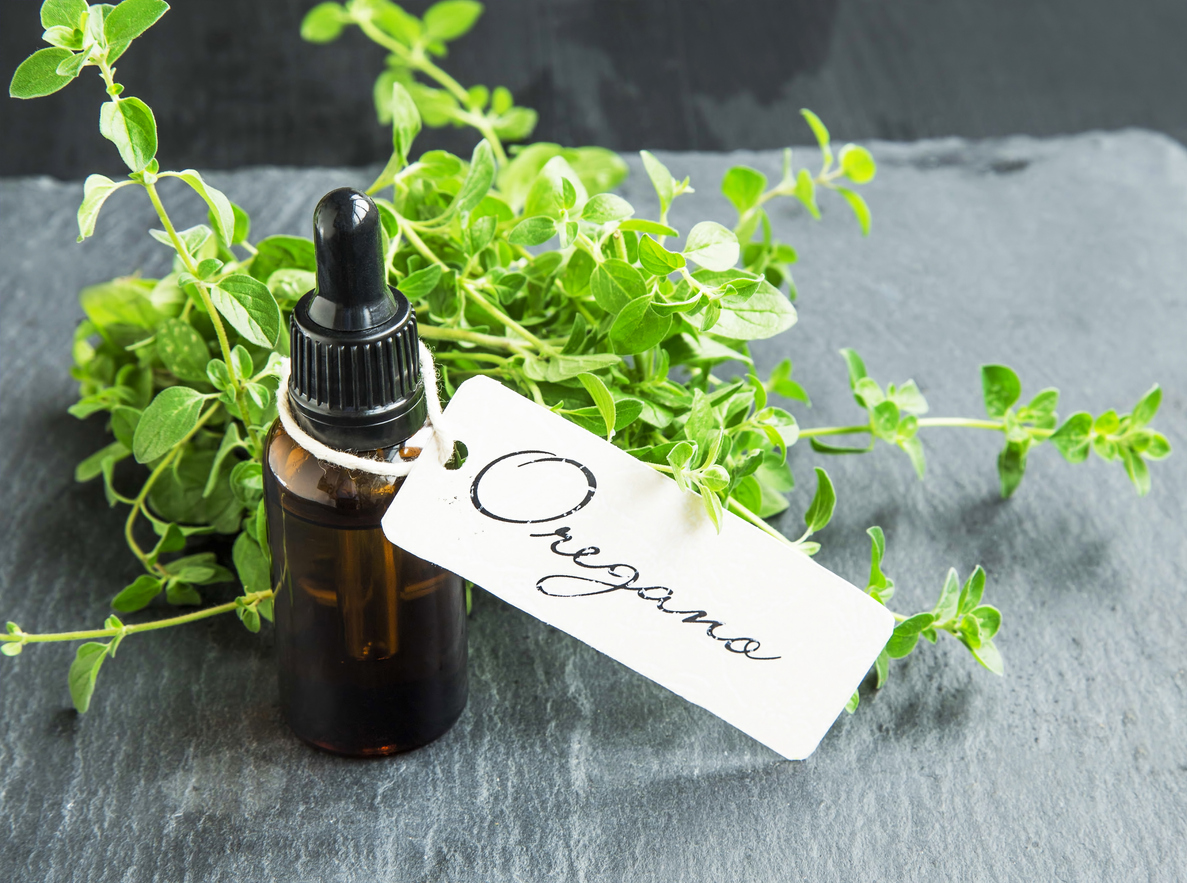
Thymol in oregano oil has been shown to have many therapeutic qualities. To use it to treat nail fungus, you should apply it to any affected nails twice a day. It’s very strong and you should discontinue use if you develop irritation or an allergic reaction.
Try using diluted essential oils.
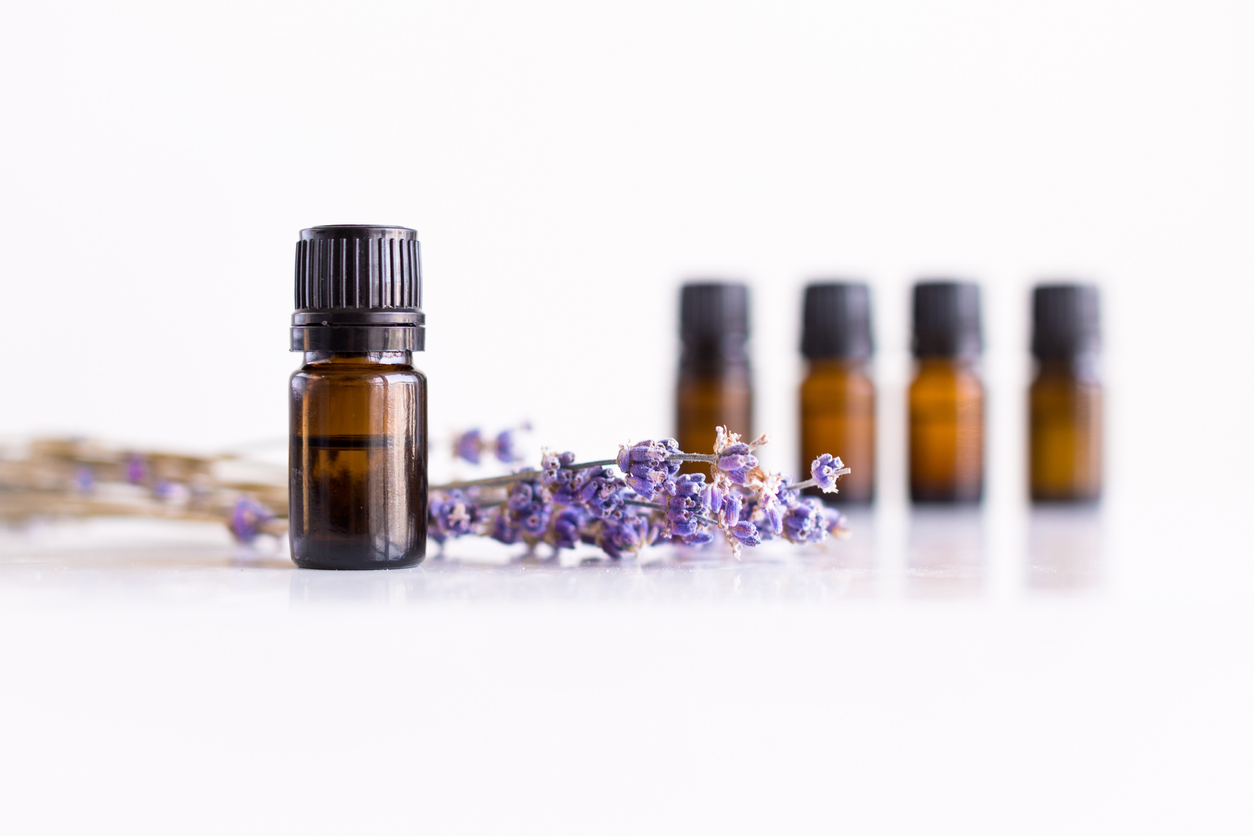
If you are a fan of essential oils, this option may appeal to you. There are many essential oils that have antifungal properties and are worth using to combat nail fungus, but do not apply them directly to your skin as they are too strong. You can add a few drops to a foot soak or mix them with a carrier oil like olive oil. We’ve already mentioned tea tree oil and oregano oil. Other essential oils with antifungal properties include:
- Lavender oil
- Eucalyptus oil
- Jasmine oil
- Jojoba oil – which is very skin-friendly and does not need to be diluted
Olive leaf extract in salve or capsule form can help.
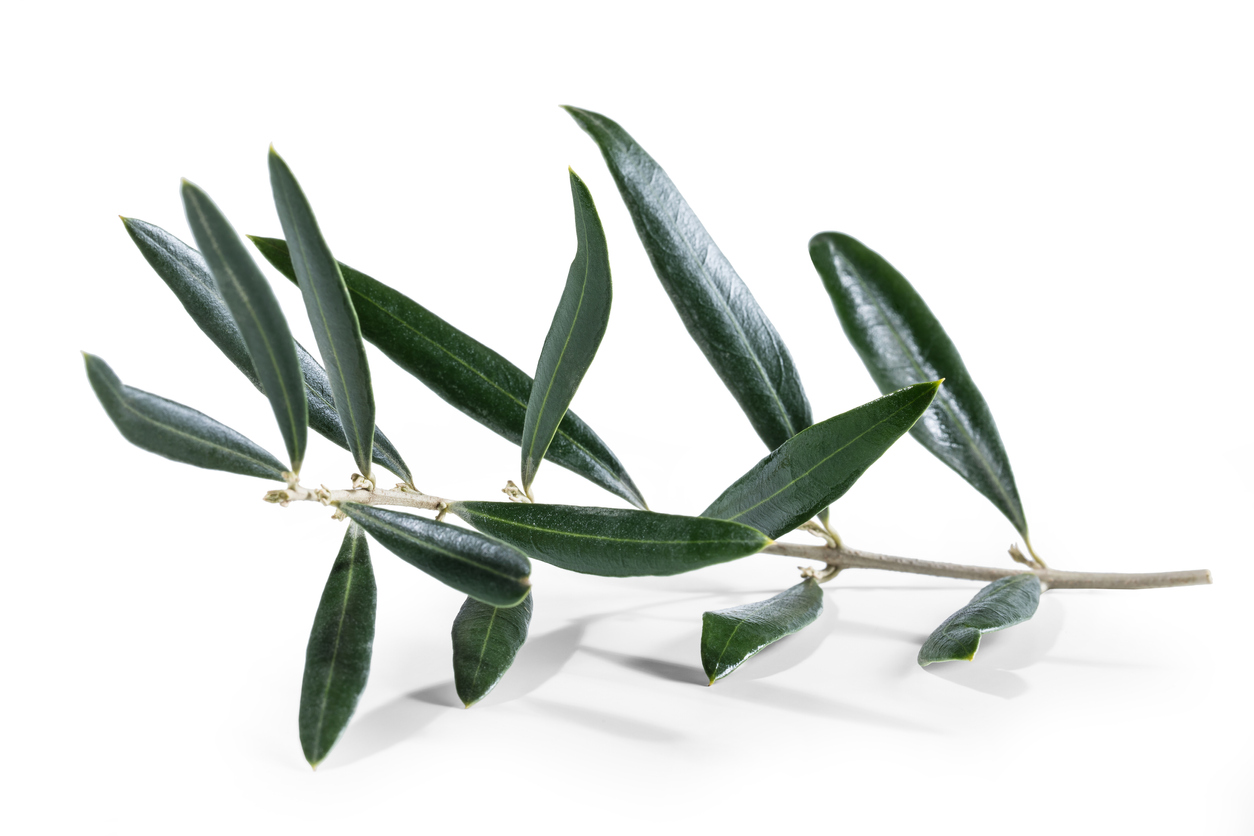
You can find olive leaf extract capsules or oil online. They both contain oleuropein, which is believed to have antifungal qualities. According to one review, taking three capsules twice a day with your meals is better at treating nail fungus than applying it directly to the nail.
Some people swear by vinegar.
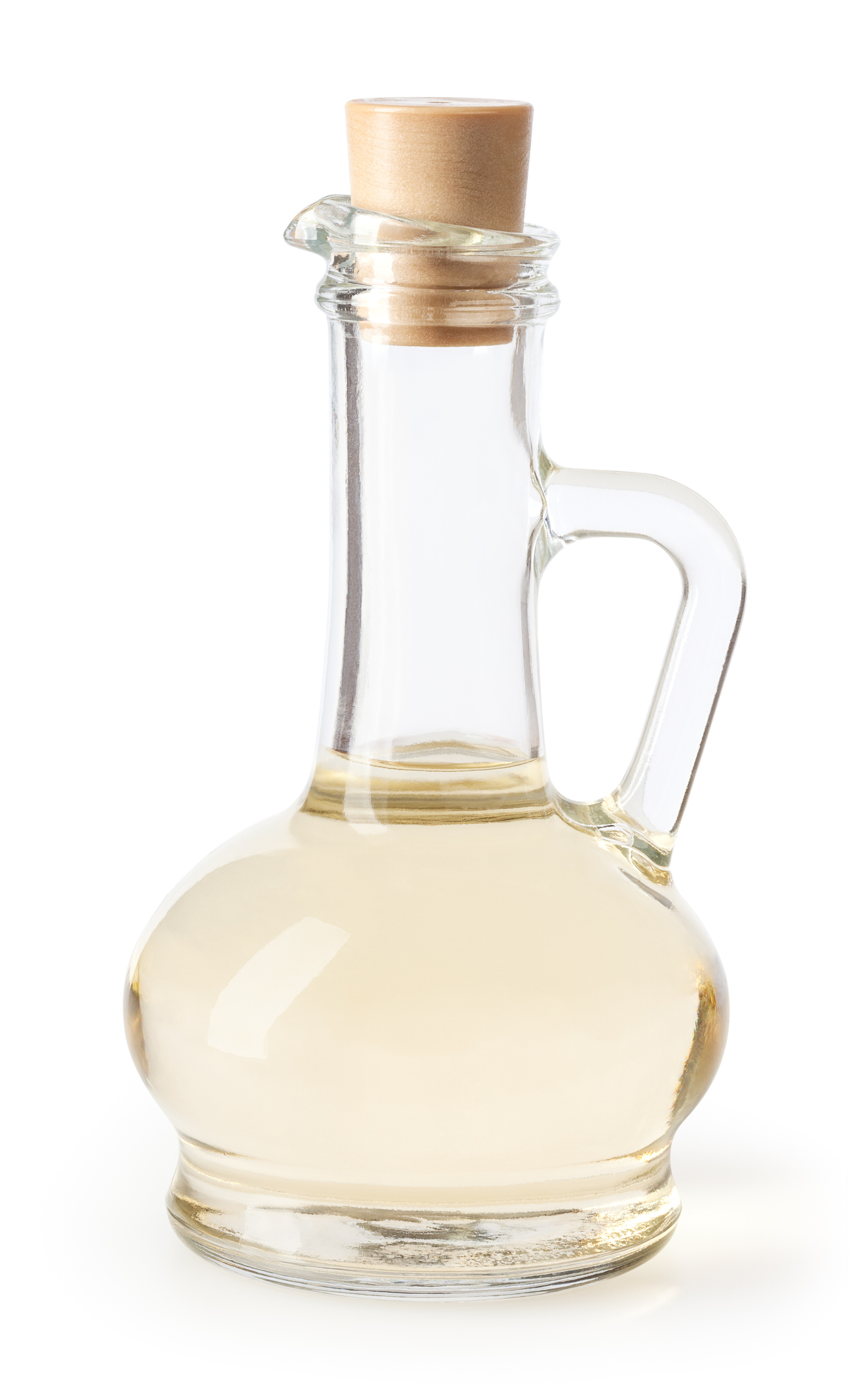
Vinegar is easy to come by and it’s really inexpensive. There are no studies to back this up, but plenty of folks swear that soaking in a solution of 2 parts water to 1 part vinegar helps get rid of nail fungus.
Try using your mouthwash.

There’s a study that showed that some mouthwashes, like Listerine, have antifungal properties, so you could try soaking your nails in a bowl of mouthwash. If nothing else, it will make your toes smell fresh and that’s good considering that a bad odor can be a symptom of nail fungus.
Garlic has antifungal and antimicrobial properties.
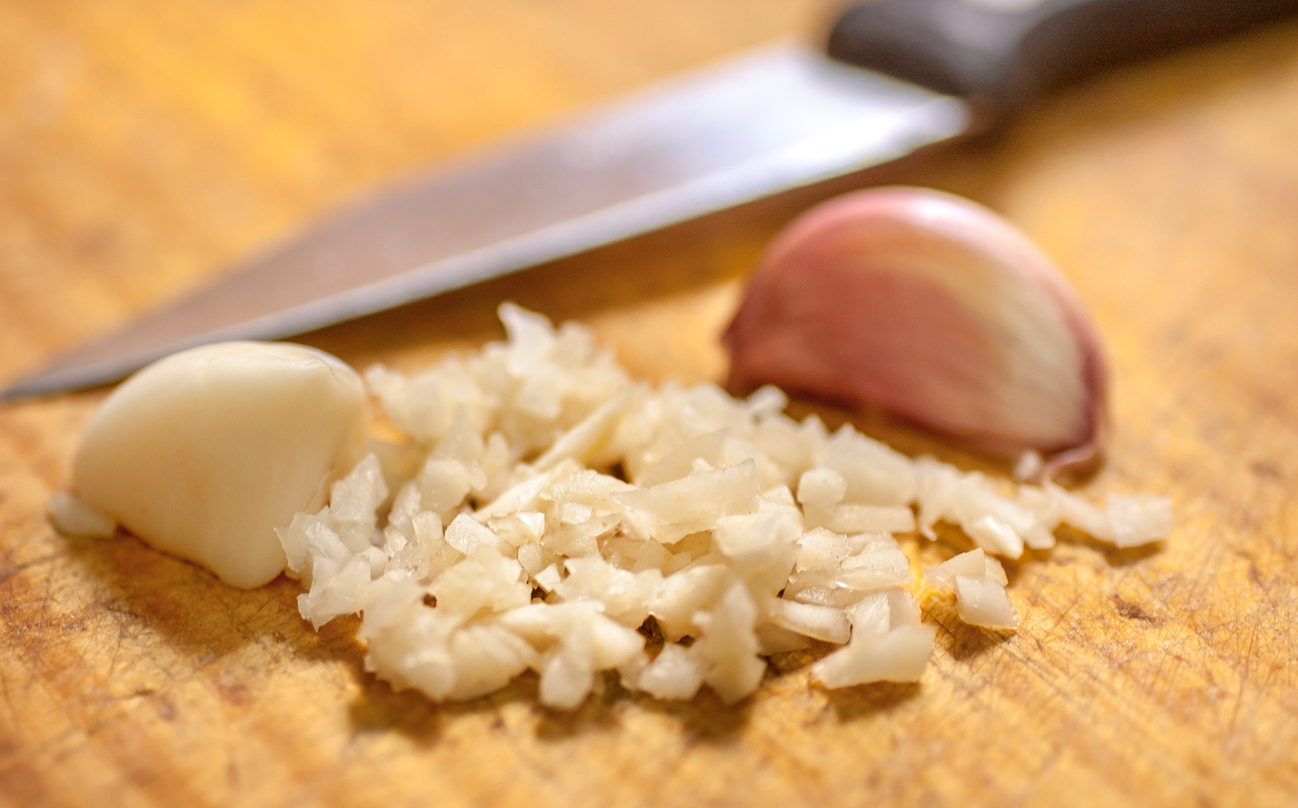
You could take garlic capsules to see if they help with your nail fungus. You could also try treating your nails directly by putting fresh crushed garlic on them for 30 minutes a day. Keep in mind that the smell of garlic lingers on skin for quite some time.
Soak your nails in black tea.
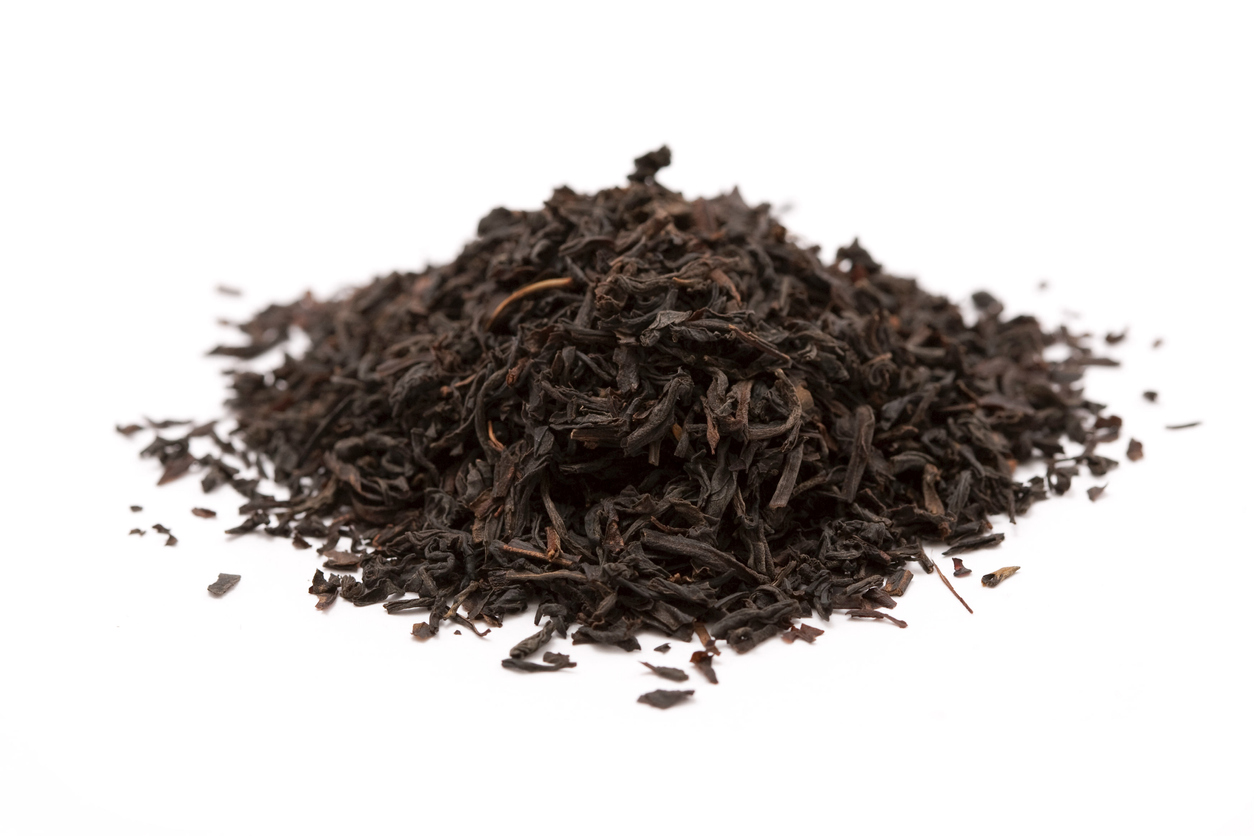
Black tea has tannic acid that helps kill bacteria. Try making a soak by boiling a couple of quarts of water and adding about five tea bags. Once the tea has cooled down enough to be comfortable, soak your feet or hands in the tea for about 30 minutes. You can do this once a day.
Try an Epsom salt soak.

Epsom salt is fantastic when you want to relax in the tub. It’s also great for treating fungal infections. To use to treat nail fungus, soak twice a day for about 20 minutes in warm water with Epsom salt. You could also add a small amount of tea tree or oregano oil to the mixture.
Use cornmeal to make a paste or soak.
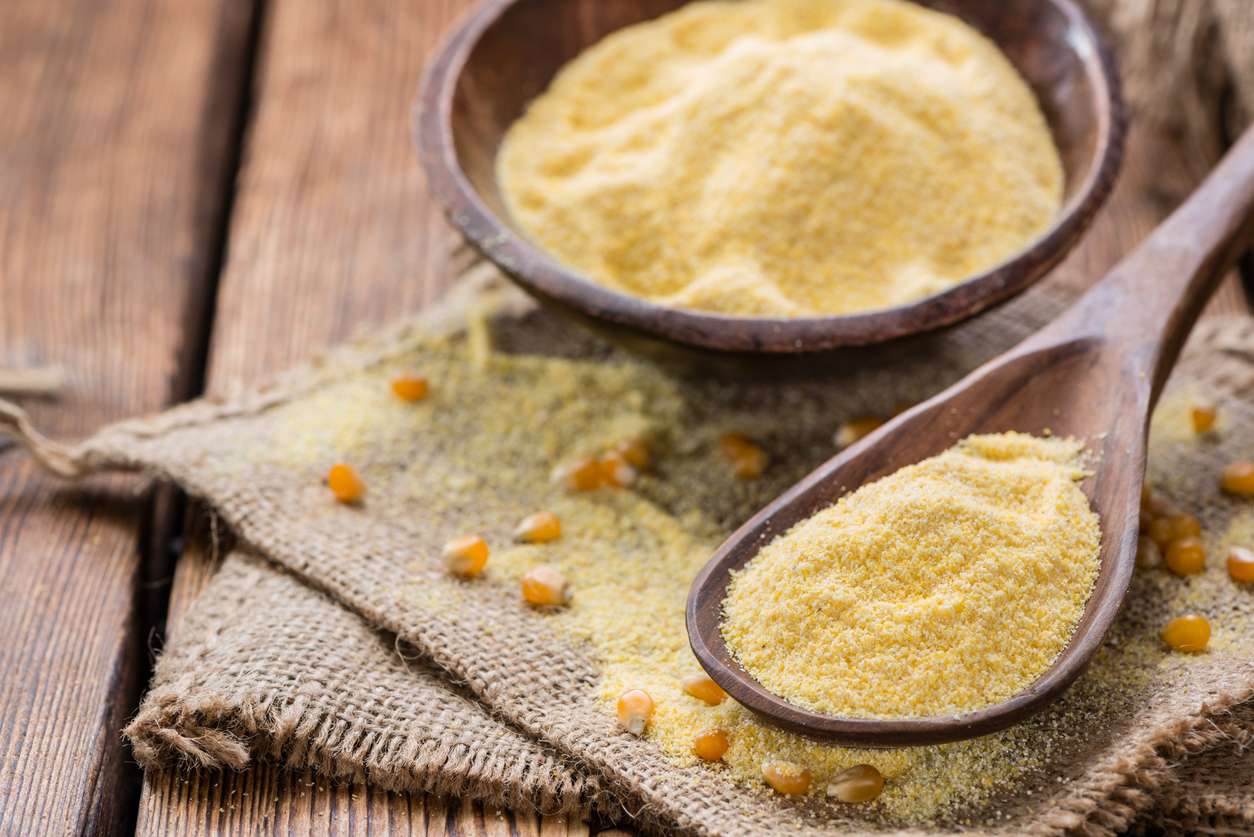
Take advantage of the antifungal properties in cornmeal by making a paste of cornmeal and warm water and applying it to the affected area. Let the paste sit for an hour, then rinse off. You could also make a soak out of cornmeal and warm water and soak the affected area in it for an hour.
Try ozonated oils.
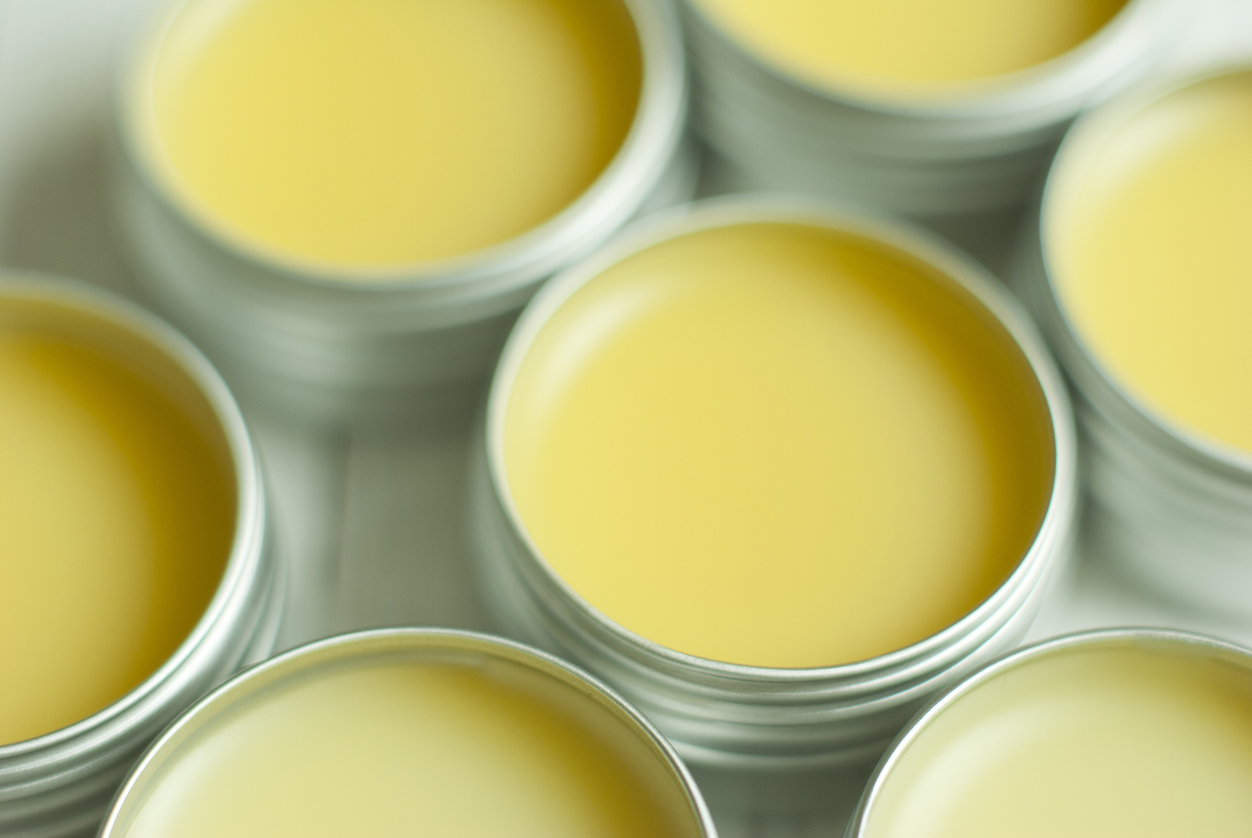
You can apply olive oil or sunflower oil that has had ozone added to it directly to the affected area twice a day. One study found that ozonated sunflower oil was better at treating nail fungus than ketoconazole, a prescription medication.
Ask your doctor about using zinc oxide.

Zinc oxide is a mineral that can be used to treat fungal infections. You can buy products made with it in the form of powders, sprays, or creams. Basically, you treat the affected area with zinc oxide to fight the fungus. Talk to your doctor about using zinc oxide on your nail fungus and see if there are any particular over-the-counter products recommended.
Exercise while treating your nail fungus.

While exercise alone won’t cure your nail fungus, use it in conjunction with other treatments to speed healing. How does it work? Well, exercise helps get your blood pumpin’, which in turn flushes toxins out of your body. But remember that you need to get out of moist socks and shoes shortly after exercising and you need to wash your feet appropriately, too, or you’ll just make the fungus worse.
Keep everything clean and dry.

If toenail fungus is a recurring issue, take special care to prevent it. Always wear clean socks. Change your socks after working out so you don’t create an environment that is moist and optimal for fungal growth. Dry your shoes out in the sun or sprinkle them with baking soda to absorb moisture. Let your feet get air whenever possible.




